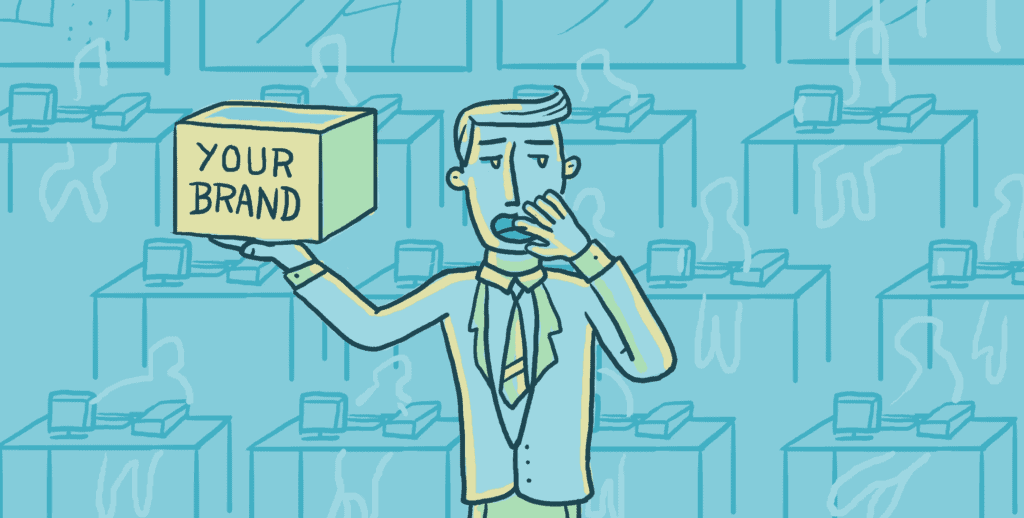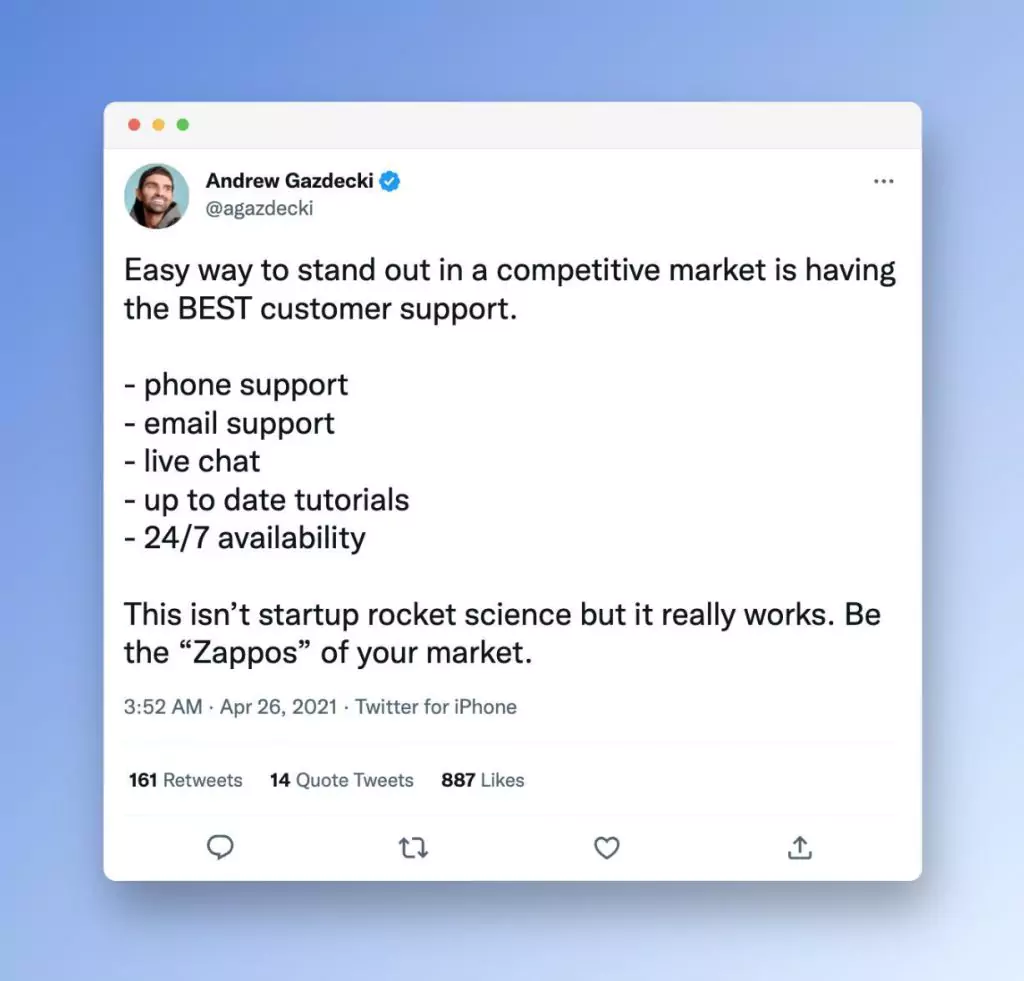Customer Engagement: Success in the Digital Age
Customer engagement is not about who can make the most noise. It’s about who can create the most meaningful connections.
In an era where attention is the rarest currency, businesses that engage do not just grab eyeballs—they win hearts and minds. They do not interrupt; they interlock. They do not broadcast; they converse.
The digital revolution has not only changed how we buy. It has also changed how we connect, choose, and commit. Competent firms understand that engagement is not a tactic—it is their whole strategy.
Are you still screaming into the abyss, or are you prepared to have a meaningful conversation?
- Customer engagement focuses on meaningful connections, fostering loyalty and understanding between businesses and their clients.
- Utilising diverse channels and personalisation enhances engagement, ensuring a tailored customer experience.
- Effective engagement strategies lead to increased customer loyalty, deeper insights, and improved brand reputation.
- Continuous listening and adaptation are vital for maintaining strong customer relationships and driving business growth.
What is Customer Engagement?

Customer engagement is the establishment of significant relationships with customers. It includes a company’s ongoing interactions with its clients promoted by different means and through various touch points. Imagine it as a dialogue — both sides should be actively involved.
But there is one thing: this process is about more than just speaking out. It also presupposes the necessity to listen carefully, understand profoundly and respond effectively to people’s needs or wants so that they can appreciate what you’ve done for them. In other words, customer engagement is about making events meaningful, fixing things up, and gaining confidence.
The History of Client Participation
At first glance, customer participation seems easy. You come into a store, talk to an owner or salesperson, buy something if necessary, and maybe make some small talk about whether it’s hot outside or not – done deal!
However, times have changed significantly since then. We now have:
- Social media networks
- Mobile applications
- Live chat assistance
- Personalised email
- AI-backed virtual agents (chatbots)
And many more… With such a diversity of channels available today, businesses can simultaneously interact with their consumers on multiple levels but also find themselves entangled in various difficulties when trying to do so as best they can!
Why Customer Engagement Matters

You might ask yourself, “Alright, but why should this matter to me?” Well, get ready because solid customer engagement has some huge payoffs.
Increased Client Devotion
When you successfully engage with your customers, you sell products, you build connections. And connections lead to loyalty. Loyal clients are more likely to:
- Make frequent purchases
- Suggest your brand to others
- Continue working with you even if other companies try luring them away
Deeper Consumer Understanding
By interacting with consumers, you can learn about their wants, likes, dislikes and problems on a deeper level. Consider it as having an ongoing focus group at your disposal all the time. This priceless information will enable you to:
- To enhance your goods or services,
- To adopt a tailor-made approach towards marketing
- To keep track of market changes in advance
Better Reputation for the Brand
In today’s world of social media, news travels fast. When clients have positive experiences engaging with your brand, they are more likely than not to tell other people about these interactions, too. This natural form of word-of-mouth advertising could go a long way toward enhancing your brand’s reputation.
Higher Income Generation
This is where things get interesting. Engaged customers tend to:
- Spend additional amounts of money at your company;
- Agree readily when offered higher priced alternatives as well as complementary products;
- Have greater long-term worth as customers;
Indeed, fully engaged consumers, according to a Gallup study, were found to represent 23% of the average client in terms of share wallet profitability revenue relationship growth rate for business.
The Building Blocks of Effective Customer Engagement
How can you engage your consumers effectively? Let’s break it down into some main components.
1 – Know your audience
You cannot engage if you do not know whom you are engaging with. Build out detailed customer personas beyond basic demographics — what are their goals, challenges, preferences, etc.? The more you know about them, the better your engagement strategies will be.
2 – Be where they are
In an omnichannel world like ours, businesses must meet customers at every touchpoint possible. This could mean:
- Having a solid social media presence
- Making sure that all experiences are mobile-friendly
- Providing several different options for customer service channels and so on…
The idea is to create seamless experiences throughout.
3 – Personalisation matters
No longer is it acceptable for companies to have one-size-fits-all marketing; this does not work anymore! These days, people expect personalised service whenever they make any purchase. They use collected data points accordingly by tailoring communications around individual consumer preferences.
4 – Add value after the transaction
Engagement should not be seen as another selling opportunity but rather as a way of making someone’s life better through what they buy from us or our partners in business ventures… Some examples might include:
- Offering helpful content
- Exceptional customer service delivery standards
- Creating loyalty programs which have tangible rewards attached, among others
5 – Be quick & responsive always!
In this day and age of everything being digitalised, people’s patience levels when waiting for responses have gone way down too; therefore, businesses ought to respond within very short periods, whether it’s replying via social media platforms or even solving issues raised through customer care helplines…
Strategies for Boosting Customer Engagement

Now that we have covered some basics, let us look at a few specific strategies you can implement to enhance your efforts to engage customers.
Create Captivating Content
Content is still the king in terms of engagement. However, it should not be any content but:
- Addressed to your audience
- Valuable and informative
- Exciting and easy to comprehend
Think about various formats:
- Blog posts
- Videos
- Infographics
- Podcasts
- Interactive content
The trick is making sure that you provide what your viewership wants.
Exploit Social Media Platforms
Social media sites are great places for fostering customer interaction. You can contact them directly and engage with them in real time. Just remember that this does not mean broadcasting messages only; instead, social media engagement involves:
- Listening to what people say on these platforms.
- Responding to comments as well as messages sent by users.
- Promoting user-generated content. Let your clients create content related to your business and then share it on their feeds.
- Conducting interactive campaigns (polls, contests, Q&As). These activities encourage participants’ involvement by voting or answering questions about something interesting about the enterprise they identify with most.
Establish a Customer Loyalty Programme
A good loyalty program design can go a mile when it comes down to engaging customers. It creates room for repeat sales while keeping clients connected with the brand. Nonetheless, there is one requirement –the benefits must be tangible. Consider these options;
- Systems where points are earned translate into meaningful rewards
- Offering members first dibs on fresh goods plus services before anyone else gets access privileges, too!
- Holding occasional events exclusively organised for those in this category, etc.
Effectively Use Email Marketing
Email may seem outdated, but if utilised correctly, it remains among the most effective communication channels, especially concerning engagement. Here’s what you should do:
- Divide your email list into segments for more personalised communication
- Do more than just use the customer’s name while personalising emails
- Ensure each email provides value and not only sales pitches
- Automate sending relevant, timely emails based on customer behaviour
Provide Unmatched Customer Support
Customer service is another critical point where engagements are made or broken because this is usually the place where customers get their lasting impressions about your brand. To be outstanding here:
- Train employees to become both empathetic and solution-centred at all times.
- Offer multiple customer support channels (phone, email, chat, social media)
- Use AI chatbots which can provide 24/7 support without human intervention
- Follow up after solving problems to ensure clients are satisfied with the solutions provided.
Measuring Customer Engagement

You can’t enhance what you don’t gauge. Here are some main customer engagement metrics to keep an eye on:
Customer Engagement Score (CES)
An amalgam of different things like:
- How frequently customers buy from you
- Time spent on site or app
- Interactions on social media
- Email open and click rates
Net Promoter Score (NPS)
This measures how likely your current clients are to refer others. It also tells you if they’re satisfied or loyal to your brand.
Customer Lifetime Value (CLV)
It helps businesses understand the potential revenue generated from a single customer account over time. This is usually greater for engaged customers.
Churn Rate
It’s the percentage of customers who leave over a certain period. If this number is high, then there might be problems with their involvement.
Social Media Metrics
Likes, shares, comments, mentions, etc., can help determine how involved an audience is in social platforms.
The Role of Technology in Customer Engagement
Technology has changed how businesses connect with customers. Below, we will discuss some customer engagement technologies.
Artificial Intelligence and Machine Learning
AI and ML have revolutionised customer engagement in different ways, including:
- Predictive analytics for understanding customer requirements
- Individualised product suggestions
- Chatbots that offer round-the-clock client support
Sentiment analysis is a way of knowing what customers are feeling
Customer Relationship Management (CRM) Systems
CRM systems do not just store customer information; they also:
- Give a complete overview of all points where the customer interacts with the company.`
- Automate repetitive tasks done by sales representatives or other employees who deal directly with clients.
- Provide insights into methods used to engage each particular buyer persona.
- Streamline customer management and help focus on building deeper relationships with tools like Dynamics 365 CE
Marketing Automation Tools
These tools enable you to:
- Send well-timed personalised messages designed around certain behaviours exhibited by prospects within your target audience segments;
- Create automated workflows based on how people interact with various touchpoints across their journey towards making purchases from organisations like yours;
- Streamline repetitive marketing operations through one central platform, thus saving time wasted if these activities were carried out manually.
Virtual and Augmented Reality
VR & AR have opened up new avenues for engaging customers, such as:
- Allowing them to try products virtually before buying;
- Creating immersive brand experiences that make consumers feel connected emotionally towards brands;
- Offering interactive presentations about items being sold.
Challenges in Customer Engagement

Even though the benefits of customer participation are apparent, some things could still be improved. We will talk about a few common obstacles and how to overcome them.
Too Much Information
In the modern world of technology, clients receive countless messages from every possible direction. It is hard to make oneself heard in this noisy environment.
Solution: Put quality first and forget about quantity. Ensure that your communications are timely, relevant and helpful to people’s lives.
Privacy Concerns
Greater personalisation means more significant use of individual client data, which may worry them about privacy.
Solution: Be open about customer data collection methods and purposes. Allow customers to keep control over their personal information and respect their choices concerning it.
Consistency Across Channels
There are various engagement channels, but it can be challenging to maintain a consistent brand voice or experience on all these different platforms.
Solution: Establish clear guidelines for branding and ensure that every team knows what they should do at each stage of your customer engagement strategy; also, use technology to maintain consistency across channels.
Scaling Personalisation
Resources may be required for customisation efforts when dealing with large numbers of customers.
Solution: Artificial intelligence (AI) and automation tools can help you scale up your personalisation drives; start by dividing people into groups according to specific characteristics, and then increase levels of individual treatment once more data has been gathered.
The Future of Customer Engagement
The future is sure to be influenced by several trends in customer engagement:
Over-personalisation
Thanks to AI and data analytics, we are entering an era of over-personalised experiences. What if contents, products, and customer services were tailored for groups and individuals at the very moment?
Voice and conversational AI
When voice assistants get smarter than they are now, they will participate in more customer engagements. Many customer service interactions could be carried out via voice commands.
Integration of online with offline experiences
The distinction between digital and physical encounters shall become less definite. For example, imagine having augmented reality-enabled stores or having digital loyalty programs that can earn you real-life prizes.
Ethical AI and transparency
With the increased use of artificial intelligence systems during client interactions comes a need for responsible use and openness on how personal information is handled.
Case Studies: Customer Engagement Success Stories

Examples from the real world wherein effective customer engagement strategies deserve closer examination.
Rewards Program and Mobile App of Starbucks
Starbucks achieved perfection in winning customers’ hearts by introducing its mobile app and rewards program. Through this app, customers can:
- Pre-order meals and pay before reaching the counter
- Gain as well as redeem bonus points
- Receive offers specially made for them
The impact? Enhanced client commitment, higher average order value, and more data for future engagement activities fueled by these customers’ loyalty.
Amazon: Personalised Suggestions
To engage its users, Amazon heavily relies on personalisation. Such a recommendation system uses browsing behaviour purchase history among other data sets they collect. This makes a better experience and brings additional revenue to the company.
Conclusion
Customer involvement is not just a good thing; it’s also necessary for businesses that want to succeed in today’s competitive market. By establishing significant connections, bringing about change and making the most of technology, you can design involvement approaches that foster customer loyalty while increasing income, making your business unique.
Remember, effective customer engagement is a continuous process. It always needs to listen, learn, and adapt. But the benefits – loyal customers who provide better information about what they want from your company or organisation- are well worth it, financially speaking.
What about taking this opportunity up, then?
FAQs
How should I interact with my customers?
The frequency of interaction depends on your field and your client’s preferences. But you have to be consistent in doing so. Make sure there are regular points of contact without being too intrusive.
Can small businesses achieve customer involvement?
Definitely! It is easier for small enterprises to establish personal relationships with their clients than it is for large corporations. Get started with the most relevant platforms for your target audience and build up from there.
How can ROI for efforts directed at engaging customers be measured?
Evaluate customer lifetime value (CLV), retention rate, and average order value (AOV). Also, indirect benefits like word-of-mouth advertising and brand loyalty should be considered.
Does social media engagement alone make a good strategy?
While social media is essential, it should not be your only touch point with customers. You need different points where people can reach you, such as through email or face-to-face meetings.
What would make my consumers participate more with my brand?
Offer more than what they buy from you. For instance, this could be informative content, exclusive deals or interactive experiences. You should also ensure that engaging does not become a hassle but an enjoyable experience for them.
What distinguishes customer service from customer engagement?
Customer service tends to react when problems arise. In contrast, customer engagement seeks to create ongoing connections even when individuals are not actively seeking assistance, thus offering value in return for their time.
How do I deal with negative interactions initiated by clients?
Respond promptly and politely to complaints or dissatisfaction expressed by any person who may have had contact with your organisation either directly or indirectly through its representatives; use such situations as opportunities to demonstrate commitment towards ensuring satisfaction among all stakeholders involved; sometimes successful management of adverse engagements can convert critics into loyal followers of one’s products or services.
Is there such a thing as too much engagement with customers?
It is possible to overburden people with numerous points of contact. Therefore, you should monitor levels of involvement regarding feedback from them to strike an appropriate balance.
What are some ways in which I can personalise B2B interactions?
Focus on comprehending the specific requirements and challenges different businesses face within your target market; offer customised solutions that meet these needs while providing industry-related information and personalised account management services if necessary.
How does employee engagement impact customer engagement?
Employee involvement is critical since it has been proven that satisfied workers are likely to deliver enhanced client experiences, which leads to increased patronage. Both aspects should be considered equally, if not prioritised, for better outcomes.

